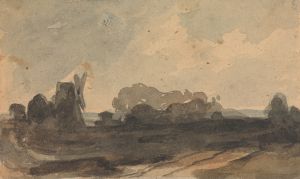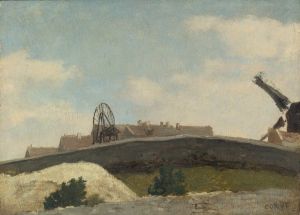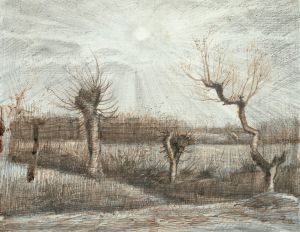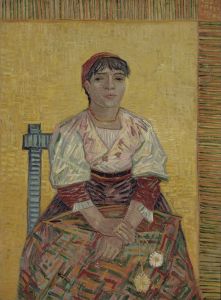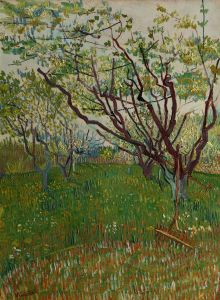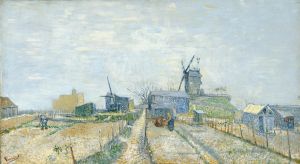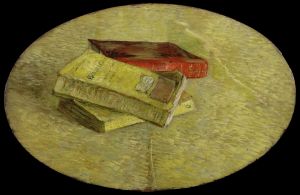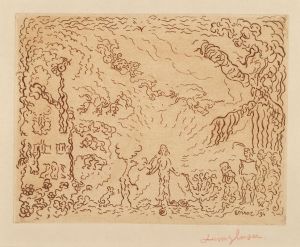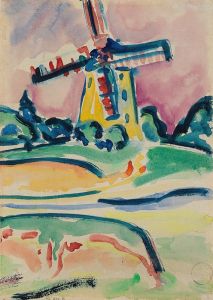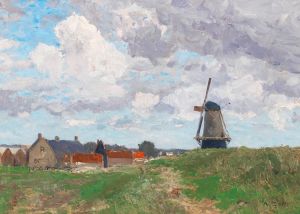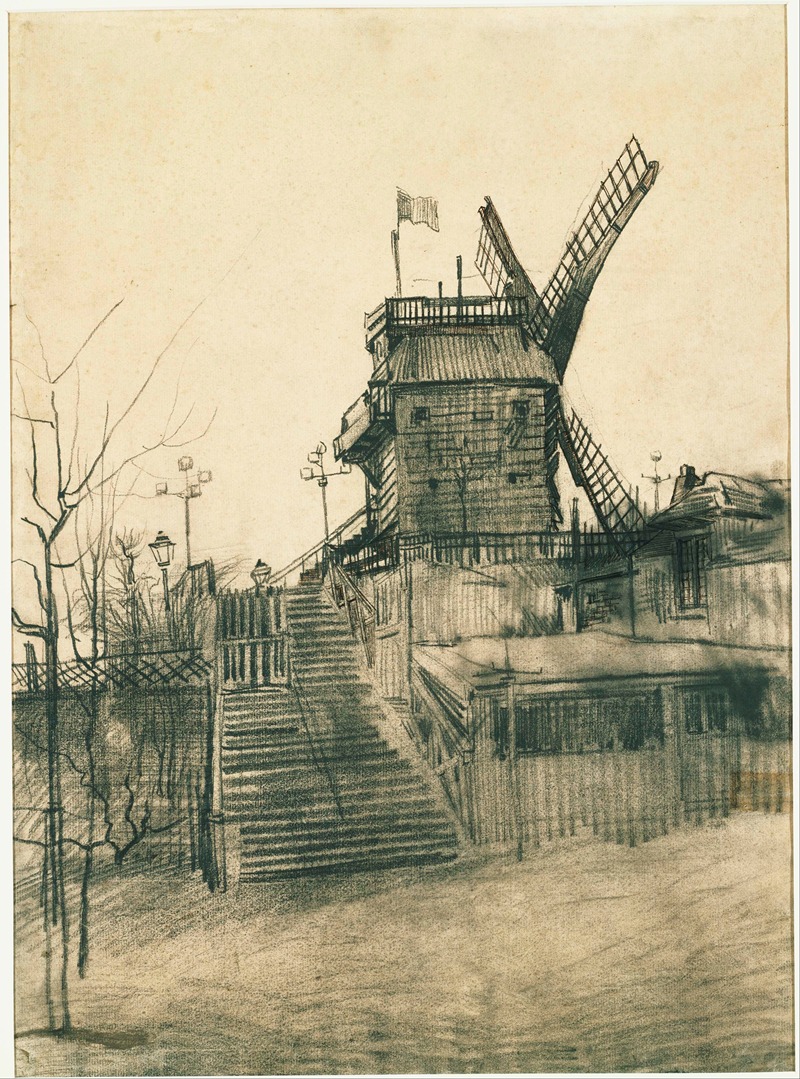
Moulin de la Galette
A hand-painted replica of Vincent van Gogh’s masterpiece Moulin de la Galette, meticulously crafted by professional artists to capture the true essence of the original. Each piece is created with museum-quality canvas and rare mineral pigments, carefully painted by experienced artists with delicate brushstrokes and rich, layered colors to perfectly recreate the texture of the original artwork. Unlike machine-printed reproductions, this hand-painted version brings the painting to life, infused with the artist’s emotions and skill in every stroke. Whether for personal collection or home decoration, it instantly elevates the artistic atmosphere of any space.
Vincent van Gogh, the renowned Dutch post-impressionist painter, created "Moulin de la Galette" in 1886. This painting is part of Van Gogh's Paris period, a time when he was significantly influenced by the vibrant art scene of the city and the works of the Impressionists. During his stay in Paris from 1886 to 1888, Van Gogh's style underwent a transformation as he experimented with lighter palettes and looser brushwork, moving away from the darker tones of his earlier works.
"Moulin de la Galette" depicts the famous windmill located in the Montmartre district of Paris. The Moulin de la Galette was not only a windmill but also a popular gathering place and dance hall, frequented by Parisians and artists alike. It was a symbol of the bohemian lifestyle that characterized Montmartre during the late 19th century. The area was a hub for artists, writers, and musicians, and it provided Van Gogh with ample inspiration and subject matter.
In this painting, Van Gogh captures the essence of Montmartre with his characteristic bold brushstrokes and vibrant colors. The composition is dynamic, with the windmill prominently featured in the background, surrounded by the lively atmosphere of the district. Van Gogh's use of color in "Moulin de la Galette" reflects his exposure to the Impressionists, as he employs a brighter palette and explores the effects of light and shadow.
The painting is notable for its depiction of urban life and the integration of natural and man-made elements. Van Gogh's interest in capturing the vitality of the city and its inhabitants is evident in the way he portrays the bustling environment around the windmill. The painting is a testament to Van Gogh's ability to convey emotion and movement through his art.
"Moulin de la Galette" is part of a series of works that Van Gogh created during his time in Paris, focusing on the Montmartre district. This series includes several other paintings and sketches that explore different aspects of the area, from its landscapes to its people. These works collectively provide insight into Van Gogh's development as an artist and his exploration of new techniques and themes.
Today, "Moulin de la Galette" is recognized as an important piece in Van Gogh's oeuvre, illustrating his transition from the darker, more somber tones of his early Dutch period to the vibrant, expressive style that would define his later works. The painting is housed in various collections, and its significance lies not only in its artistic merit but also in its representation of a pivotal moment in Van Gogh's career.
Van Gogh's time in Paris was crucial in shaping his artistic vision, and "Moulin de la Galette" stands as a testament to his ability to capture the spirit of a place and its people. Through this work, Van Gogh invites viewers to experience the lively atmosphere of Montmartre and the unique charm of the Moulin de la Galette.





